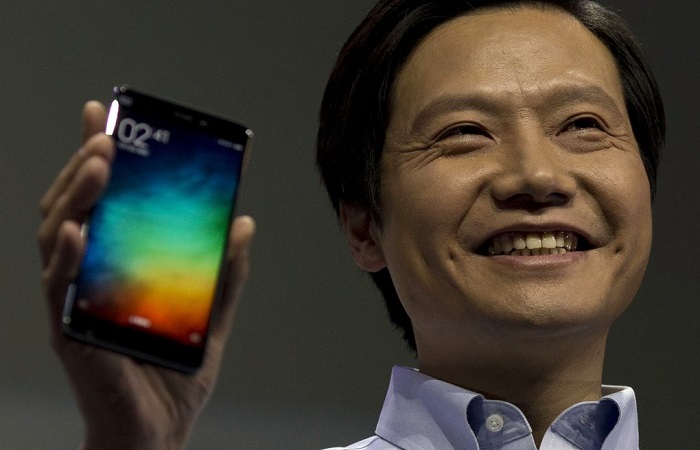Chinese smartphone giant Xiaomi has announced it will purchase 1,500 of Microsoft’s patents; most of them are related to mobile software.
The point of the buy is to help bring the Xiaomi brand into the Western hemisphere.

Xiaomi, which features an Android operating system on its devices, dominates the Chinese market with a 26% share; however, it has had tremendous difficulty going outside the country due to a bevy of intellectual property issues.
For instance, back in 2014 Ericsson successfully sued Xiaomi in India, which resulted in a judge banning the company from selling some of its devices within the country.
In the months following this decision, the company has been working on different ways to broaden its portfolio. This includes signing deals with the likes of Qualcomm, as well as getting into the personal drone market with the launch of its Mi Drone product.
In terms of what Microsoft is getting out of this patent-licensing agreement, Xiaomi will be pre-installing the company’s Office and Skype programs on its devices. This will allow Microsoft to better reach tens of millions of Xiaomi users in Asia much more quickly.
Specifically, Xiaomi’s Mi 5, Mi Max, Mi 4s, Redmi 4s, Redmi Note 3, and Redmi 3, will come with Microsoft’s Word, Excel, PowerPoint, Outlook, and Skype apps loaded on them come September 2016.
It should be noted that this does not mark the start of Microsoft and Xiaomi’s relationship – the latter has hosted its Mi Cloud service on Microsoft’s Azure servers for some time now.
It does mark the start of Xiaomi’s more aggressive push into the Western hemisphere. While having a hold on nearly a quarter of the market, the company has had a bit of difficulty growing that number, as it faces stiff competition from low- and high-end Android devices in the East. Expanding to the West by investing in some worthwhile R&D projects will help introduce the brand to a new audience with some worthwhile products.
For Microsoft, it all but confirms the company is giving up on its Windows phone product line, and is now focusing on ways in which it can better integrate its programs on Android and iOS devices.
Via Mashable
Advertisement
Learn more about Electronic Products Magazine





